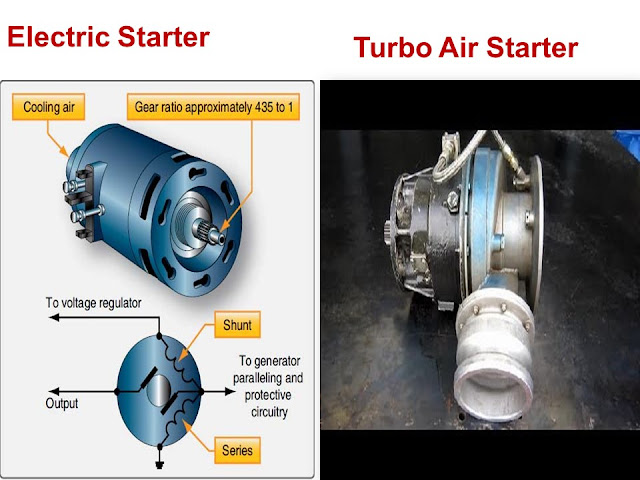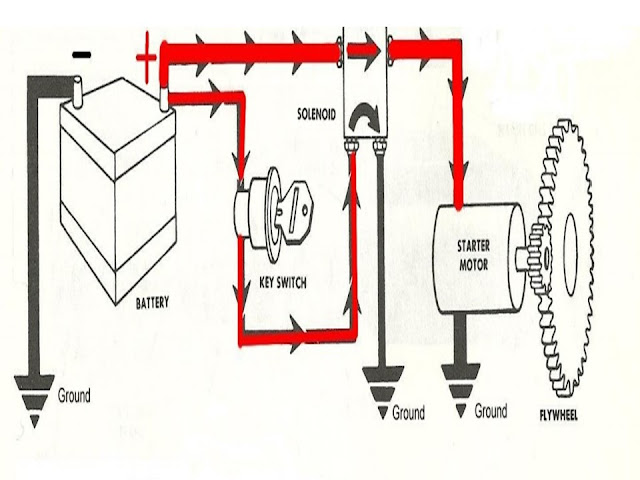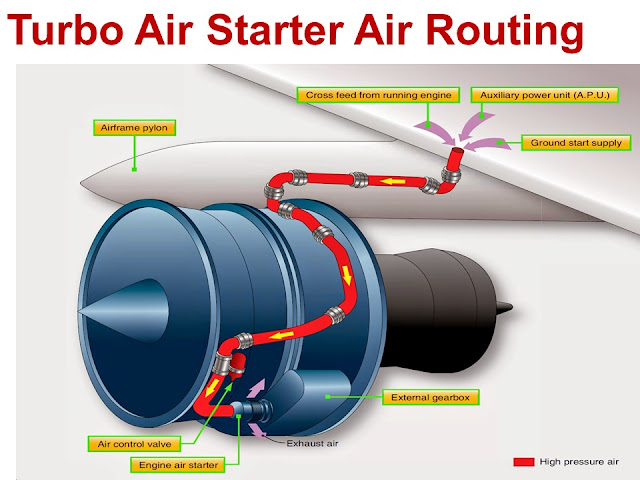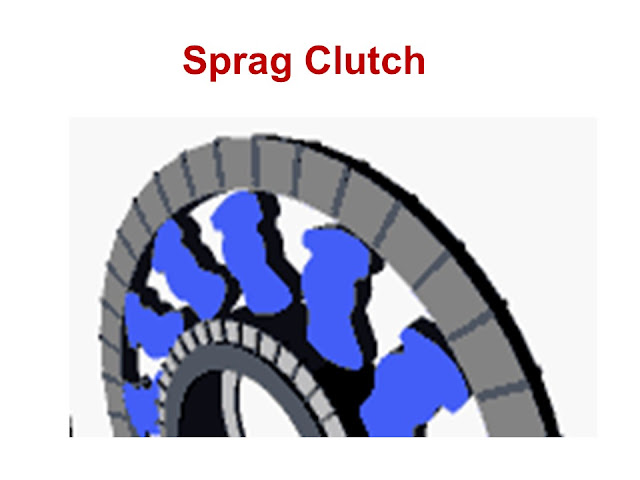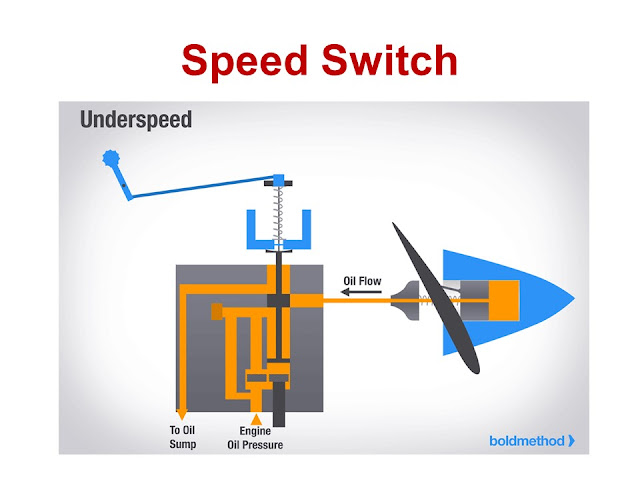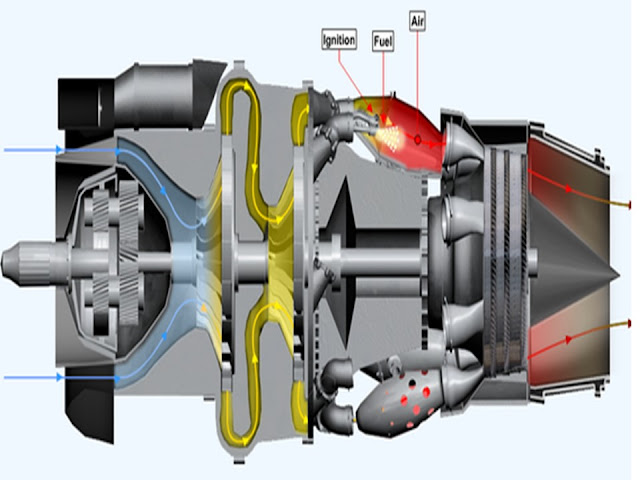Showing posts with label boeing 787. Show all posts
Showing posts with label boeing 787. Show all posts
Wing Flexing
June 02, 2021
Airframe Structures, boeing 787, cantilever beam, Structures & Systems, wings
Many of us may have a chance to sit near the window seat while traveling on an airplane. It may have come to your notice that the wings of airplanes oscillate during flight. This oscillation turns more frequent if the airplane meets turbulence at some point in the flight. Passengers near a window may feel upset by observing this situation thinking that it could lead to some kind of catastrophe. Ever wondered why wings vibrate during flight despite the fact airplane is worthy to take flight and you think there may be some problem within the airplane?
 |
| Image: NASA |
During the flight, ascending and descending loads are solely taken by wings. In doing so wings oscillate to accommodate load variations that provide a smoother ride in turbulence, this is Wing Flexing.
Let's look at wing flexing in the following way to understand it better. Hold a wooden stick in the hand and suspend some weight on the other side, hey, you have just formed a cantilever beam. Well, while the suspended weight comes to rest, you will observe oscillation in the stick and feel vibration at the other side of the stick which is your hand, the rigid point. If a load of suspended weight is greater than the stick's capacity to hold, the stick will break off. If you want to increase the capacity of the stick to hold more load at the free end, you have to increase its stress vs strain yield point. These properties are related to the characteristics of the materials and are developed by manipulating the compositions of the materials.
Wings are also just like cantilevered beams. One end fixed with the fuselage and the rest part bears aerodynamic loads which definitely shared across the wing. The wing requires a specified ultimate strength that translates into a given amount of flex. This can be varied within limits, but it is really the material, its stiffness to yield point ratio, and its fatigue properties, that control how much flex you are going to end up with.
The Boeing 787 is the world's first plane made using carbon composites, to reduce weight and increase fuel efficiency. As the wings are not made of metal, but rather composites, which are strong but flexible, they don't have the same kind of stiffness as metal wings. Consequently, the wings tend to bend upwards while carrying the weight of the plane during flight.





